Your Guide to Balayage and Ombre Hair
There are a lot of hair colouring terms out there. Some of them sound fancy, some of them curious, and some hard to pronounce! We are going to take a deep dive into two of our favourite colouring styles – balayage and ombre – and teach you all you need to know. Here we go….
What is Balayage?
Balayage (pronounced bah-lee-ahge) is a French word that means “to sweep’. It’s a very popular colouring technique that creates subtle and natural-looking highlights and low lights throughout the hair.
It is created through freehand painting where lighter pieces are blended finely through the base of the hair and then gradually thickened towards the ends. This allows the root to be “muted”, where the root colour is subtly and seamlessly blended with a lightened colour throughout the rest of your hair.
This creates a lovely sun-kissed and natural look that melts the root into lighter ends and means minimal regrowth – mega bonus! Balayage technique can be used throughout your entire head of hair, or it can be done partially - such as only around your face or the upper area of your hair. Balayage colour can be very flattering as it gives softness and dimension, and specific techniques can also be used to highlight your facial features. Easy, breezy and beautiful!
What is Ombre?
Ombre (pronounced om-bray) is a French word meaning “colour that is shaded or graduated in tone”. Compared to balayage, ombre is more of a look than a technique. It is similar to balayage in the way that it creates lightness and depth in the hair, however ombre involves a stronger contrast between shades.
Ombre generally involves darker roots through to the mid-shaft, and a lighter colour from the mid-shaft to the ends. Ombre gives more of a horizontal colour look where the mid-to-end lengths are fully coloured, whereas balayage is more vertical.
Thanks to the colour graduation, an ombre look means regrowth is not very noticeable (the roots won’t have a harsh line) and is easily managed with touch-up appointments which are needed less frequently than other colouring styles such as highlights. Ombre can be subtle and only slightly lighter than your natural colour, or you can incorporate bright shades such as pink or copper to get a bolder look.
—
If you liked this blog, head over to our journal page to read more of our helpful hair guides! If you live in Auckland and would like to make a booking, get in contact with us.

